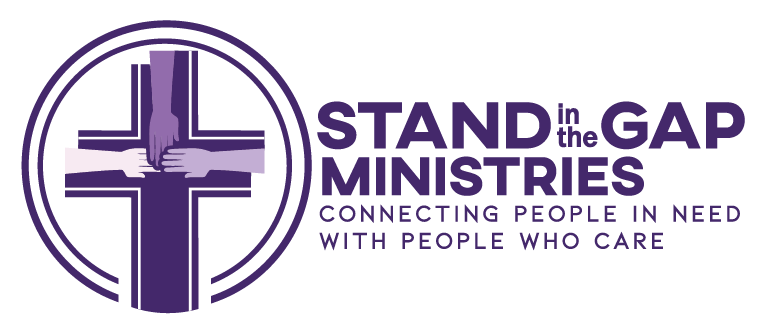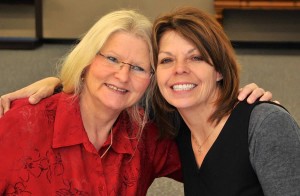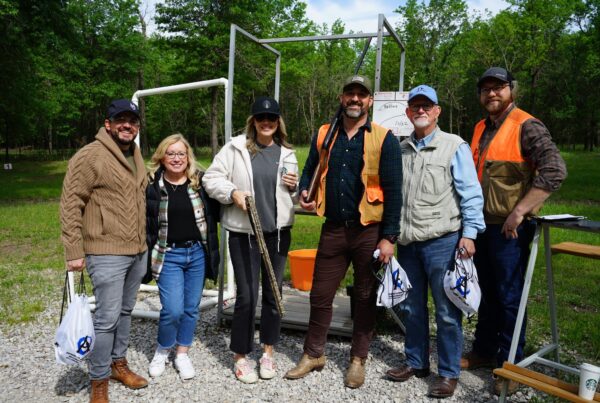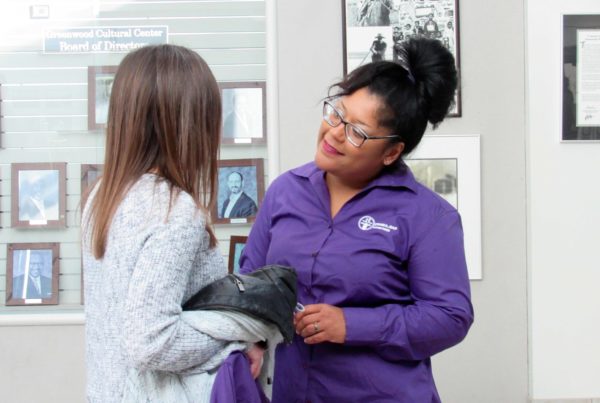
A strange thing happened in politics last month: people agreed on something.
Oklahoma House bill 2753 passed the House vote unanimously. The reform bill would expand eligibility for drug courts and community sentencing. It is one of four criminal justice reform bills now heading to the Oklahoma Senate for vote. 1
At Stand in the Gap, we have served a variety of populations since 1997. But we’ve worked with more ex-offenders than any other defined group. In the last five years, more than two-thirds of our client population have been female inmates or ex-offenders (that’s close to 3,000 people).
Here’s what we’ve learned:
- Kathy Peacock and Rhonda Bear were incarcerated together 10 years ago. Today, they manage Stand in the Gap’s Women in Transition program. They facilitate courses inside prison walls and form small mentorship groups to empower women to get out and stay out.
- Reunited!
- Women in Transition graduates and volunteers with Gov. Mary Fallin.
- Shaunte (right) reunited with her mother, daughter, and granddaughter after incarceration.
-A woman who is incarcerated has likely been a victim of sexual, emotional, and/or physical abuse. She usually displays co-dependent behaviors that put her (and her children) at risk. And she is often addicted to drugs, alcohol, or both. 2
-“When you incarcerate a woman, you incarcerate her whole family,” says Rusti Miller-Hill, a mother whose two and a half years in prison resulted in her children’s adoption. 3
-When a woman is ready to face her addictions and make a change, she can and will do it, for herself and for her children.
When we think about this bill and what it might mean for hundreds of families in Oklahoma, we think of the families that we have seen broken by addiction and then restored when the mother was given the chance to “get clean”. We think of Kathy who, through Christ, sobriety, and tough conversations, has been restored to her two children and now has the pleasure of babysitting her three grandchildren. We think of Melissa, who got clean and got custody of her daughter. We think of Rhonda (who was an addict before she turned 15). Rhonda’s faithful journey to restoration with her children led to the major impact she has had on so many incarcerated women through SITGM’s Women in Transition program.
This bill (and it’s three other cohorts) could represent a major positive shift in Oklahoma’s treatment of people struggling to defeat addiction. If/when it is signed in to law, Stand in the Gap will be ready and waiting to stand beside the women and families who are impacted.
Sources:
1 http://newsok.com/article/5484390
2 (http://www.americanjail.org/10-facts-about-women-in-jails/)







